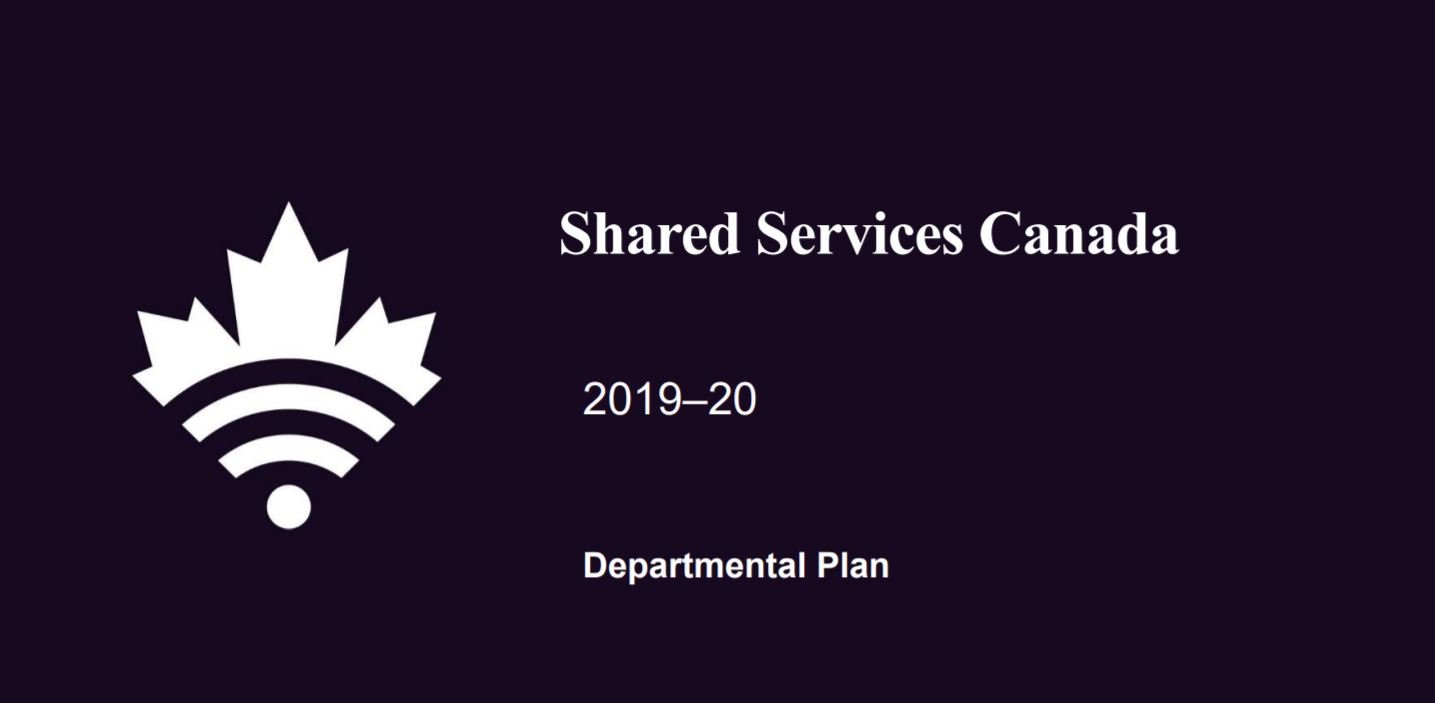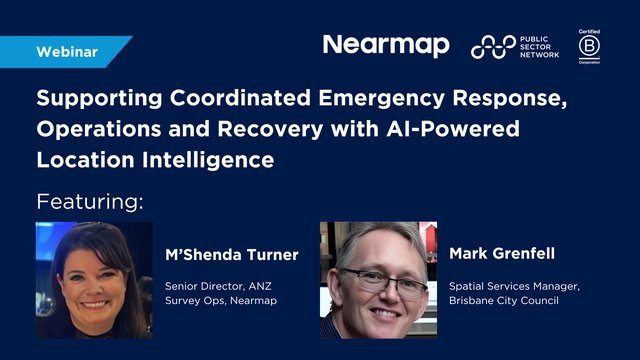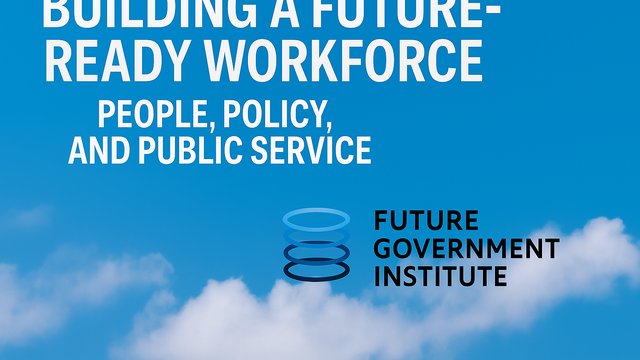Tell us about the journey to your current role and what it this role entails?
I have been in the digital and innovation space for nearly 20 years. I spent many years in advertising, working for agencies including Singleton, Ogilvy & Mather and Razorfish. I then transitioned into the public sector when I moved to the ABC and spent 7 years as the Executive Director of TV Multiplatform. This was my first experience with public service and the responsibility the role has to serve the citizens of Australia. The motivation to improve our world for the greater good is something that has continued from this point in my career. I have always been “scrappy” and started a number of businesses over the years including my latest, Imago Studio. My lived experience as a founder of a startup has proved invaluable in my current role at Transport NSW. My role as Director, Future Transport Digital Accelerator allows me to use my deep understanding of Digital / Innovation and empathy for startups & entrepreneurs to support new technology into the market and improve the customer experience of the travelling public.Can you describe a project you are working on or recently completed? What challenges did you face along the way and how were they overcome?
We ran a 3 month Digital Accelerator that aimed to solve “Last Mile Freight” congestion issues within the CBD using new drone technology. In Transport, we use Design Thinking techniques to first discover the problem through customer interviews and industry engagement. Once the problem space has been validated, we then start coming up with solutions. During our “Understand” phase, we quickly discovered that drones were currently not a viable option to solve last mile freight and Industry were not planning to trial usage at scale. We quickly pivoted to move the problem statement towards “White Vans” based on the volume currently arriving & parking within Sydney CBD. This pivot occurred within a 2 week time period & needed to be communicated to senior stakeholders within the business to allow the project to continue. We were able to use the data collected along the way and storytelling techniques to convince the senior stakeholders a pivot was needed. Facts have a great way of paving the way for great decision making.What did you learn from this project? What did it achieve?
It is critical to have built trust with senior and executive teams before making major pivots or changes to program. If we had needed to make such a major pivot during our initial Accelerator, it would have been much harder to make the case. However, with a body of work already behind us & trust built over time, it was easier to make these decisions quickly. This case study is now an important “proof point” in our running a true Human Centred Design process. We have the process and the permission to pivot quickly when we need to.What excites you most about the future?
I am in a unique position on the leading edge of technology that will impact how people move through NSW. The responsibility to ensure we deliver the best service for our customers is immense, and gives me a great sense of pride that I play a part in this process. We are on the verge of the 4 th Industrial Revolution, automation and AI will transform what we do and how we travel. The innovation in technology and the promise it brings to solve some tricky problems is transformational. Working with startups and industry to help solve some of these problems and make our cities more liveable is an exciting space to play.If you could give one piece of advice to someone looking to further their career in government, what would it be?
Keep your passion to change the world and find leaders who support your vision. Having an executive that enables you to innovate is critical to truly see the public sector evolve. Most people in the public sector are there because they see a need or have a desire to make public services better. Find like-minded public servants… there is power in numbers. And lastly, always keep citizens at the heart of anything you do.Where do you look to for further education? E.g. articles, podcasts, news sources, online courses, university etc.?
ABC NewsWhat are you most looking forward to at the event?
Listening to other initiatives happening across government



































